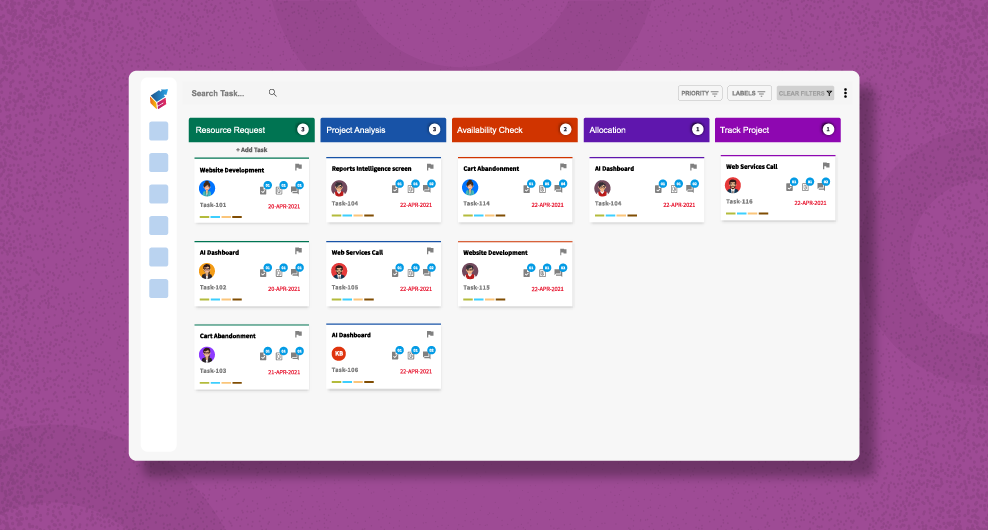Table of Contents
In the world of project management, an efficient pipeline management system can make all the difference between success and chaos. A project pipeline serves as the backbone of an organization’s project portfolio, guiding the flow of projects from inception to completion.
In this blog post, we will delve into the fundamentals of project pipeline management, exploring its importance, key elements, and best practices. This includes incorporating a project management tool, project tracking software, product management, project scope, stages of project management, project schedule, project planning, resource management, and project phase. These elements collectively ensure seamless project execution and help achieve strategic goals.
How do You Track a Project Pipeline?
To effectively track a project pipeline, start by clearly defining its stages and utilizing project management software for centralized information. Create a visual representation, such as a Kanban board, and set clear milestones and deadlines for each stage. Regularly review and update project statuses, assign responsibilities, and ensure open communication with team members and stakeholders. Monitor resource allocation, automate workflow processes where possible, and use analytics for valuable insights. Evaluate the overall health of each project regularly and actively seek continuous improvement through feedback and adjustments to optimize the pipeline’s efficiency and success.
Understanding Project Pipeline Management

Project pipeline management is the process of planning, prioritizing, and monitoring projects as they progress through various stages of development. It involves evaluating project ideas, selecting the most promising ones, allocating resources, and tracking their progress. An effective pipeline management system streamlines project intake, aligns projects with the organization’s goals, and optimizes resource allocation.
Importance of Project Pipeline Management
- Resource Optimization: Limited resources such as time, budget, and manpower are common constraints in any organization. A well-managed project pipeline ensures that these resources are allocated efficiently to the most valuable projects, preventing wastage and maximizing ROI.
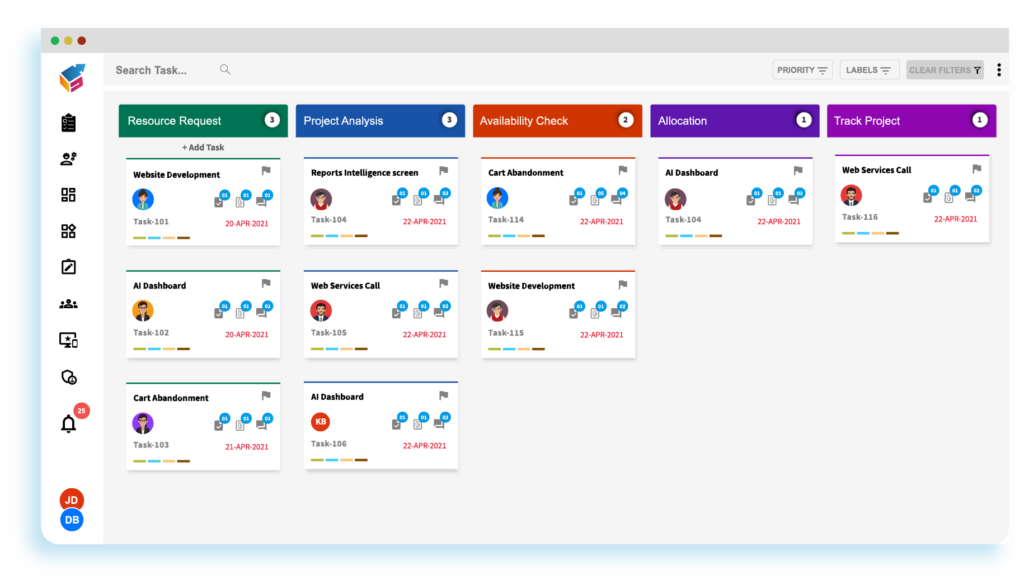
- Strategic Alignment: Organizations often have strategic goals and objectives they aim to achieve. A robust pipeline management process helps align projects with these goals, ensuring that the chosen projects contribute to the overall vision of the organization.
- Risk Mitigation: By evaluating projects thoroughly before they enter the pipeline, organizations can identify potential risks and challenges early on. This allows for informed decision-making and proactive risk management.
- Faster Execution: With a structured pipeline, project teams can focus on projects that are ready for execution, reducing delays and speeding up project delivery.
Key Elements of Project Pipeline Management
- Project Ideation and Evaluation: This is the initial stage where project ideas are generated, evaluated, and prioritized based on their alignment with the organization’s goals, potential value, and feasibility.
- Resource Allocation: Once projects are selected for the pipeline, resources such as budget, time, and personnel need to be allocated based on project requirements and priority.
- Progress Tracking: Regular monitoring of project progress as they move through different stages is essential. This helps identify any deviations from the plan and allows for timely corrective actions.

- Decision Gates: Introducing decision gates at various points in the pipeline ensures that projects meet specific criteria before progressing to the next stage. This prevents resource wastage on projects that are unlikely to succeed.
- Portfolio Balancing: It’s crucial to maintain a balanced portfolio of projects that addresses various aspects of the business, such as innovation, maintenance, and strategic growth.
Best Practices for Effective Pipeline Management
- Clear Prioritization Criteria: Develop a set of criteria to objectively evaluate and prioritize projects. This can include factors like strategic fit, potential ROI, resource availability, and market demand.
- Cross-Functional Collaboration: Involve representatives from different departments to ensure that projects are evaluated from various perspectives and to facilitate effective resource allocation.
- Regular Review Meetings: Conduct regular meetings to review the progress of projects in the pipeline. These meetings help identify roadblocks, address issues, and make informed decisions about project continuation.
- Flexible Adaptation: Recognize that project priorities and market conditions can change. A flexible pipeline allows for the inclusion of new projects and the re-evaluation of existing ones.
- Use of Technology: Leverage project management software and tools to streamline the pipeline management process. These tools can aid in tracking progress, resource allocation, and communication.
Examples of a Project Management Pipeline
Here are a few examples of project management pipelines in different contexts to illustrate how projects move through various stages:
1. Software Development Pipeline:
- Ideation and Requirement Gathering: This stage involves brainstorming and gathering requirements from stakeholders to define the scope of the software project.
- Design and Planning: The project team creates a detailed design of the software, including architecture, user interface, and database structure. A project plan is also developed, outlining tasks, timelines, and resource requirements.
- Development: Actual coding and development take place based on the design specifications. Developers write code, and the software gradually takes shape.
- Testing and Quality Assurance: The developed software undergoes rigorous testing to identify and fix bugs, ensure functionality, and maintain quality standards.
- User Acceptance Testing (UAT): The software is tested by end-users to ensure it meets their needs and expectations. Feedback is collected for further improvements.
- Deployment: The software is deployed to the production environment, making it accessible to users. This stage involves careful planning to minimize disruptions.
- Maintenance and Updates: After deployment, ongoing maintenance, updates, and bug fixes are carried out to ensure the software’s optimal performance.
2. Construction Project Pipeline:
- Conceptualization: In this stage, the project idea is conceptualized, and initial plans are drafted. Feasibility studies may be conducted to assess the project’s viability.
- Design and Engineering: Detailed architectural and engineering designs are created, specifying the materials, structures, and layout of the construction project.
- Permits and Approvals: Necessary permits and approvals from relevant authorities are obtained before commencing construction.
- Procurement: Resources such as materials, equipment, and labor are procured based on the project’s requirements and project timeline.
- Construction: The actual construction work begins, following the approved designs and plans. Regular inspections and quality checks are conducted during this phase.
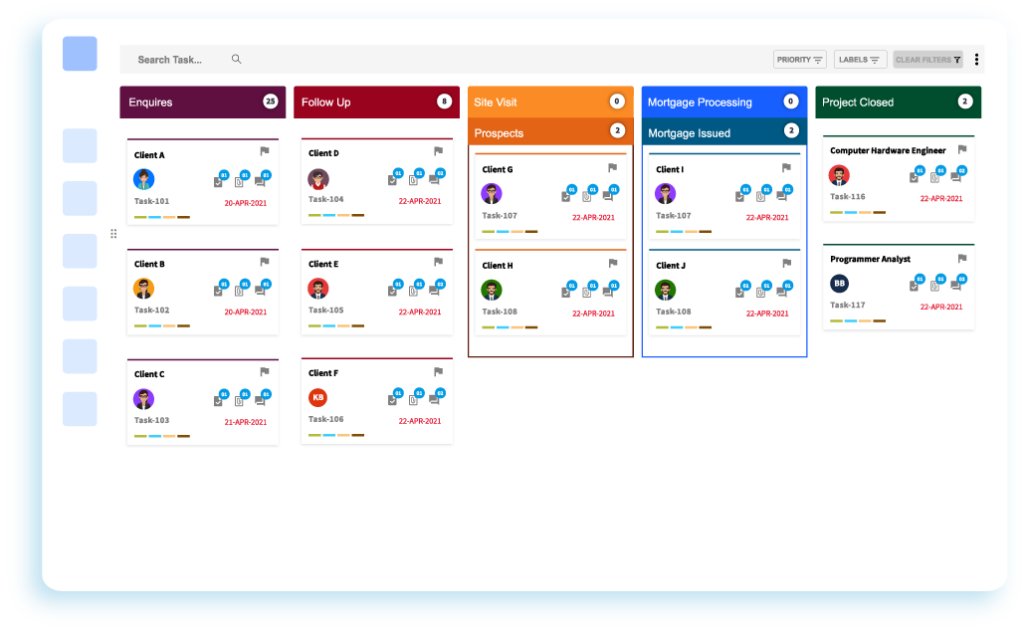
- Quality Control and Assurance: Rigorous quality control measures are taken to ensure that construction meets industry standards and project specifications.
- Finalization and Handover: Finishing touches are applied, and the project is prepared for handover to the client or end-users. This includes testing systems, conducting final inspections, and addressing any outstanding issues.
- Post-Completion: Even after handover, there might be a period of warranty or maintenance to address any issues that arise after project completion.
3. Product Development Pipeline:
- Concept Generation: Ideas for new products are generated, taking into consideration market trends, consumer needs, and technological possibilities.
- Concept Evaluation: Concepts are evaluated based on feasibility, market demand, potential profitability, and alignment with the company’s goals.
- Design and Prototyping: Detailed design and prototyping of the product are carried out to visualize its features and functionalities.
- Testing and Iteration: Prototypes undergo testing to identify any flaws or improvements needed. Iterative cycles of testing and refinement take place.
- Manufacturing or Development: Once the prototype is refined, the actual manufacturing or development of the product begins.
- Quality Assurance: Rigorous quality checks are performed during and after manufacturing to ensure the product meets defined standards.
- Marketing and Launch: Marketing strategies are developed, and the product is launched into the market with appropriate promotional campaigns.
- Post-Launch Monitoring: After launch, the product’s performance is monitored, and customer feedback is collected to make further improvements.
These examples illustrate how project management pipelines vary based on the industry, context, and specific project requirements. In all cases, the pipeline serves as a structured framework to guide projects from conception to completion, ensuring efficient resource utilization and successful outcomes.
4. Marketing Campaign Pipeline:
- Campaign Planning: The marketing team initiates the pipeline by brainstorming campaign ideas and setting objectives, such as brand awareness, lead generation, or product promotion.
- Audience Research: Extensive research is conducted to identify the target audience’s preferences, behavior, and demographics, ensuring the campaign’s message resonates with them.
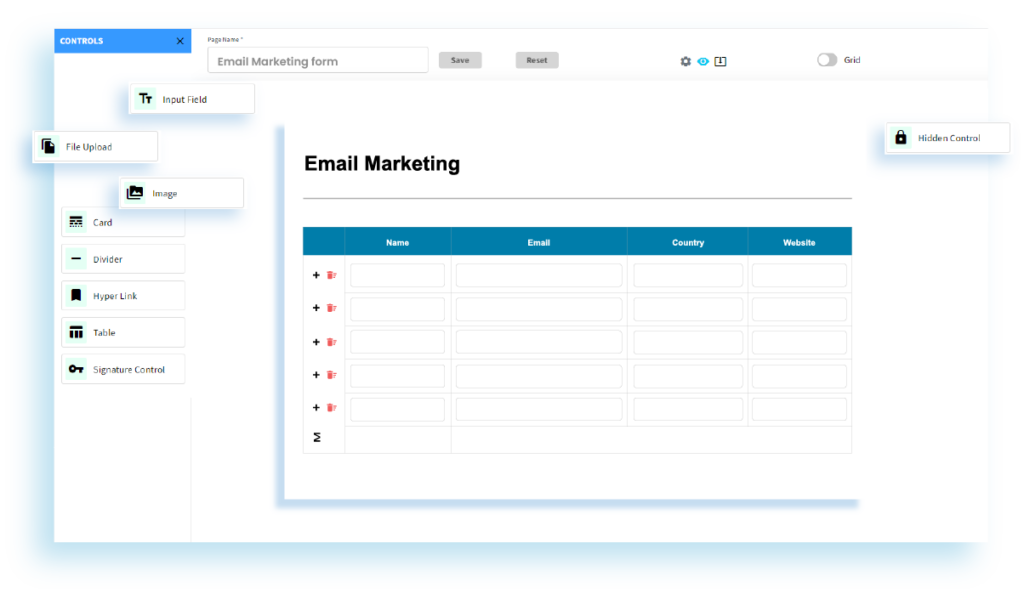
- Content Creation: Creative assets such as graphics, videos, and copy are developed to convey the campaign’s message effectively across various channels.
- Channel Selection: The team determines the most suitable marketing channels, such as social media, email, or paid advertising, based on the audience and campaign goals.
- Campaign Launch: Assets are deployed across chosen channels, and the campaign goes live. Monitoring tools are set up to track engagement and performance.
- Real-time Optimization: As the campaign progresses, data on engagement, clicks, and conversions are analyzed. Adjustments are made in real time to optimize performance.
- Lead Nurturing: For campaigns focused on lead generation, captured leads are nurtured through follow-up emails, content, and personalized communication.
- Performance Evaluation: After the campaign concludes, a comprehensive analysis is conducted to evaluate its success against predefined goals. Insights gained inform future campaigns.
5. Research and Development Pipeline:
- Idea Generation: R&D teams brainstorm ideas for new products, technologies, or innovations that align with the organization’s long-term vision.
- Feasibility Assessment: Ideas are evaluated for technical feasibility, market demand, potential impact, and alignment with the organization’s capabilities.
- Concept Design: Once an idea is deemed feasible, detailed concept designs are developed, outlining technical specifications and functionalities.
- Prototyping and Testing: Prototypes are created to test the viability of the concept. Rigorous testing helps identify potential flaws and opportunities for improvement.
- Validation: The prototype’s performance is validated through testing, simulations, and user feedback. Adjustments are made as necessary.
- Scale-Up and Development: Once validated, the concept moves into development. Manufacturing processes are designed, and production begins.
- Regulatory Approval: For industries with strict regulations, necessary approvals and certifications are obtained before the product is introduced to the market.
- Commercialization: The product is launched, marketed, and made available to customers. Continuous monitoring and customer feedback drive further refinements.
6. Event Management Pipeline:
- Initial Planning: Event planners gather requirements from clients, define objectives, and outline the event’s scope, theme, and budget.
- Vendor Selection: Vendors for catering, entertainment, decor, and other services are chosen based on quality, reputation, and suitability for the event.
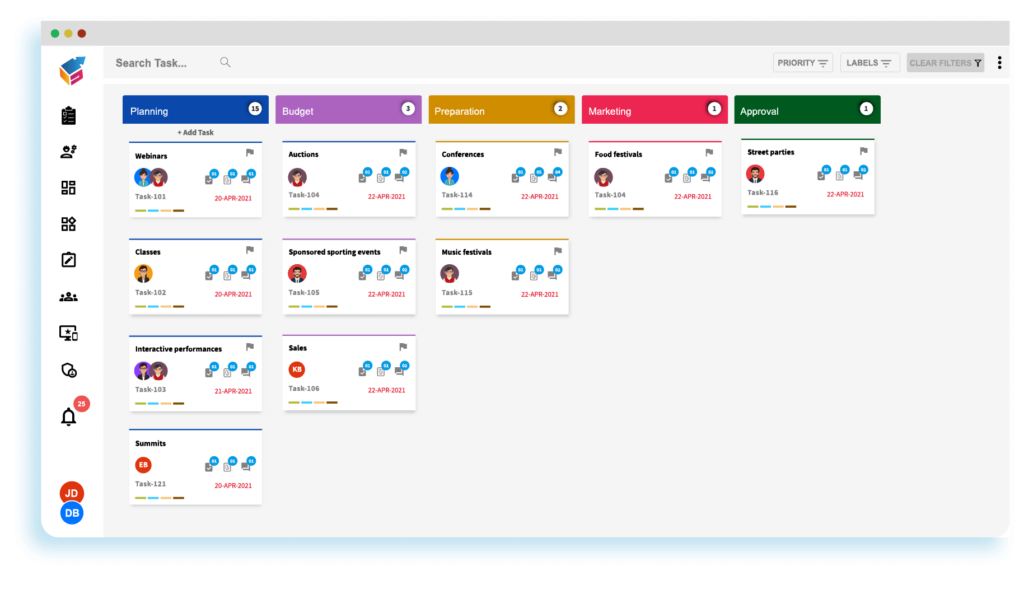
- Logistics Coordination: Logistics, including venue selection, transportation, and accommodation arrangements, are meticulously planned to ensure a smooth event experience.
- Program Development: The event program is developed, including schedules, speakers, sessions, and entertainment activities.
- Marketing and Promotion: Marketing strategies are employed to promote the event, attract attendees, and create anticipation.
- Pre-Event Setup: Setups such as stage design, booth arrangements, and technical equipment are prepared for the event.
- Event Execution: The event takes place as planned, with the team managing logistics, registrations, sessions, and attendee engagement.
- Post-Event Analysis: After the event, feedback from attendees, sponsors, and vendors is collected to assess the event’s success and identify areas for improvement.
Conclusion
Project pipeline management is a critical aspect of effective project execution and organizational success. By following the fundamentals outlined in this guide, organizations can ensure that their project portfolios are aligned with strategic goals, resources are optimally allocated, and projects are executed with efficiency and excellence. A well-managed pipeline sets the stage for innovation, growth, and sustained success in today’s dynamic business landscape.

